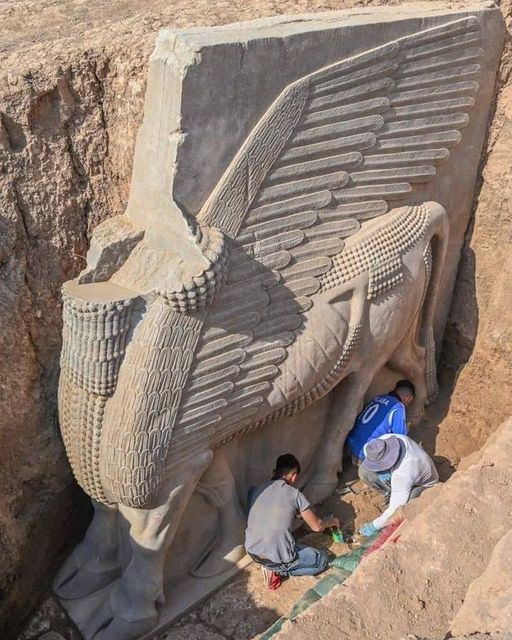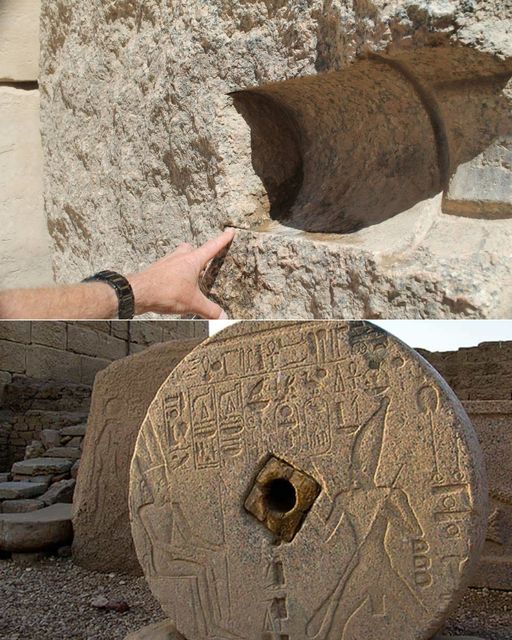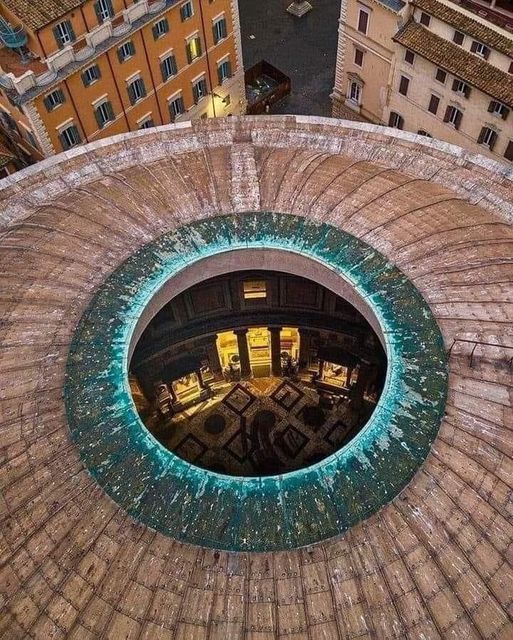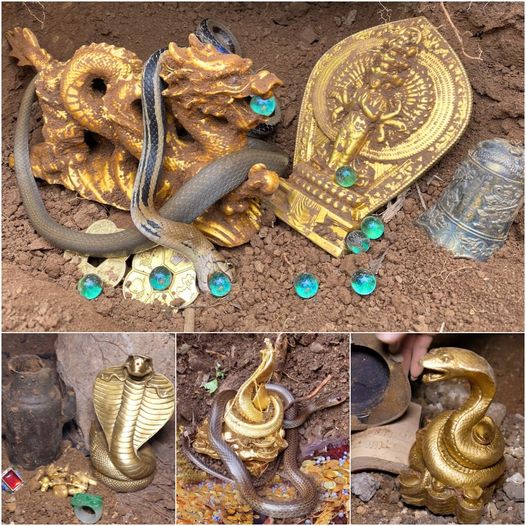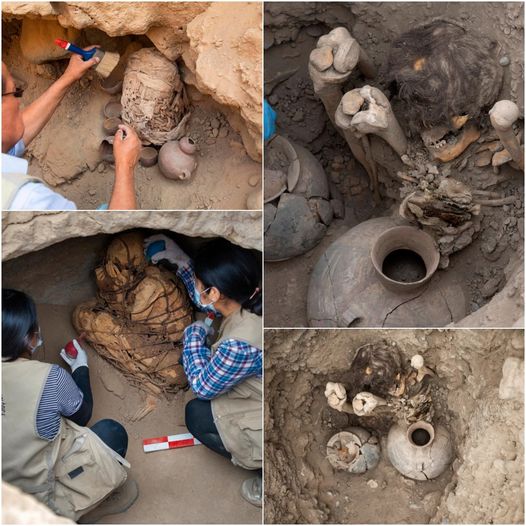In the enchanting world of fungi, there exists a peculiar and captivating species known as the Octopus Stinkhorn Mushroom. Much like its botanical counterpart, the Corpse Flower, this remarkable fungus boasts unique features and behaviors that have fascinated mycologists and nature enthusiasts alike. In this blog post, we'll explore the intriguing world of the Octopus Stinkhorn Mushroom, shedding light on its unusual appearance, the mystery of its name, its distinctive reproduction strategy, and its natural habitat.
1. Unveiling the Octopus Stinkhorn's Oddity

The Octopus Stinkhorn Mushroom, scientifically known as Clathrus archeri, is named for its distinctive form that closely resembles the tentacles of an octopus. This striking morphology includes a bulbous, egg-like structure from which its "arms" emerge. But what truly sets it apart is the unique fragrance it emits – a putrid odor resembling that of rotting flesh, much like the Corpse Flower. This scent is an integral aspect of the fungus's lifecycle.
2. Foul Aromas and Spore Dispersal

The strong odor produced by the Octopus Stinkhorn Mushroom is no accident. It mimics the smell of decaying organic matter, attracting flies and other scavenging insects. These insects are drawn to the scent, thinking they have found a food source. In their efforts to "consume" the fungus, they come into contact with the sticky spore mass found on its arms. As they depart and visit other mushrooms, they inadvertently carry the spores with them, contributing to the fungus's dispersion.
3. Thriving in Humid Forests

The Octopus Stinkhorn Mushroom is commonly found in the damp, forested regions of Australasia, New Zealand, and parts of Europe. It thrives in the undergrowth, often appearing in leaf litter or woody debris. The high humidity and temperate climates in these regions provide the ideal conditions for its growth and spore dispersal.
4. The Unusual Lifecycle of the Octopus Stinkhorn

The lifecycle of this mushroom is fascinatingly bizarre. It begins as a gelatinous, egg-like structure that gradually transforms into the mature, tentacled form. As it matures, the arms unfurl, revealing the spore-laden gleba. The spores are released as they become attached to visiting insects. Unlike many fungi, the Octopus Stinkhorn's lifecycle and reproduction strategy are intricately tied to its unusual appearance and putrid scent.
5. Conserving Natural Habitats

Similar to the Corpse Flower and other natural wonders, the Octopus Stinkhorn Mushroom faces challenges due to habitat loss and deforestation. As pristine forests are being cleared for development and agriculture, the habitats that support this unique fungus are dwindling. Conservation efforts aim to protect the forests and ecosystems where the Octopus Stinkhorn thrives, recognizing its role in nutrient cycling and ecological balance.
Conclusion: Nature's Marvels in the Unseen World

The Octopus Stinkhorn Mushroom, with its mesmerizing and mysterious qualities, serves as a reminder of the astounding diversity found within the fungal realm. Its uncanny resemblance to a marine creature and its malodorous aroma exemplify the extraordinary ways nature adapts and thrives in unexpected forms. The role it plays in forest ecosystems is yet another testament to the intricacy of the natural world. To appreciate the Octopus Stinkhorn is to appreciate the subtler, often hidden, marvels of our planet and to advocate for the preservation of the habitats that sustain them. Like its botanical counterpart, the Corpse Flower, this unique fungus showcases the beauty and wonder found in the tiniest corners of nature.


